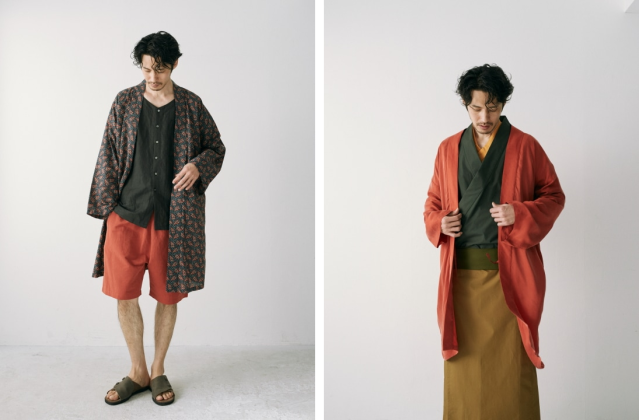
Updated hanten coats and hakama pants for men and women are ready for your next fashion campaign.
Trove is the Japanese fashion brand behind Wa Robe (Japanese Robe), a clothing line that incorporates traditional styling cues that date back to the days of the samurai. However, Trove is based in Shibuya, one of Tokyo’s trendiest neighborhoods, and so it regularly updates the Wa Robe catalog with new styles.
Next month, it’ll release the Spring 2019 Wa Robe collection, which includes the new Naga-Hanten.
An extra-long version of the traditional hanten workman’s coat, the Naga-Hanten hangs loosely, with a relaxed cardigan-like fit. A unisex garment, it’s available in black or vermillion for 21,600 yen (US$195).
There’s also a special version of the Naga-Hanten, produced in cooperation with British fabric supplier Liberty, which uses a higher-quality cotton and splashes a eye-catching pattern onto the material for those willing to shell out 24,840 yen.
▼ Like all Trove’s items, the coats can work with either Western or Japanese-style clothing.
For something a little more substantial-looking, there’s the Haori (27,000 yen), a half-coat traditionally worn over kimono for warmth during cool weather or evenings.
While many of the models in Trove’s photos might look like they’re wearing skirts at first glance, those are actually Hakama (24,480 yen), billowy pants that were commonly worn by warriors during Japan’s feudal era.
There’s also an alternate, the Hakama Andon (24,480 yen),which does away with the gusset seams. This type of hakama was particularly popular with young women during the Meiji Period of the late 1800s, but Trove’s take on it is a unisex design.
Pre-orders are now being taken here thorough Trove’s online shop, with shipping scheduled for early April.
Source: Trove via Japaaan
Top image: Trove
Insert images: Trove (1, 2, 3, 4, 5, 6, 7, 8, 9)
● Want to hear about SoraNews24’s latest articles as soon as they’re published? Follow us on Facebook and Twitter!
Follow Casey on Twitter, where he tries to wear his yukata as many times as possible during the summer.

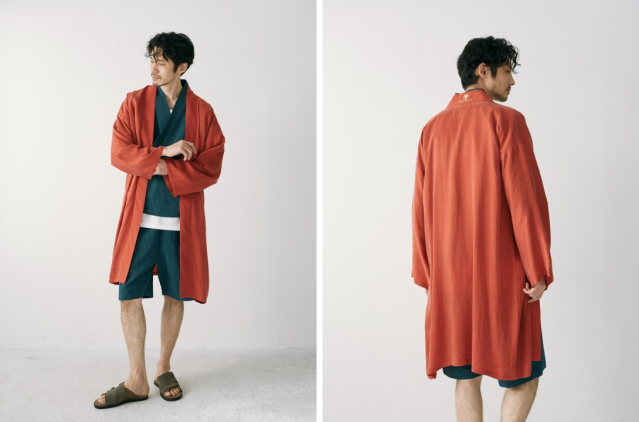

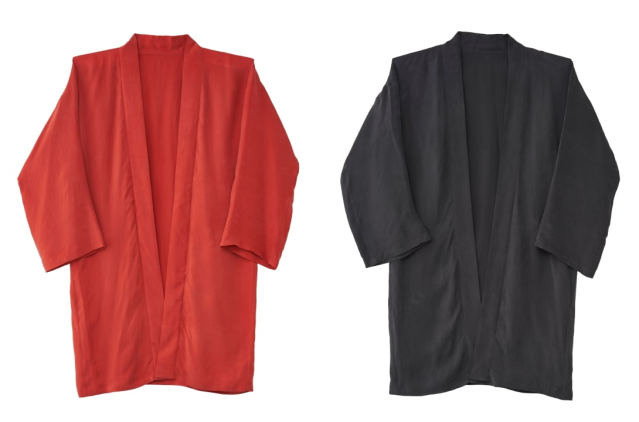
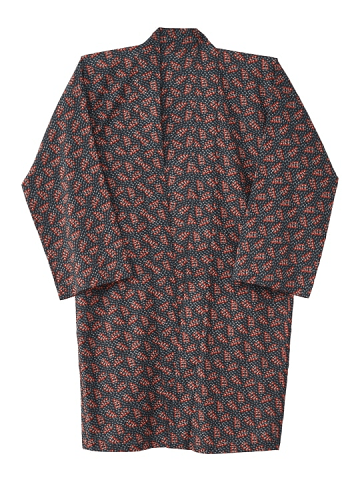
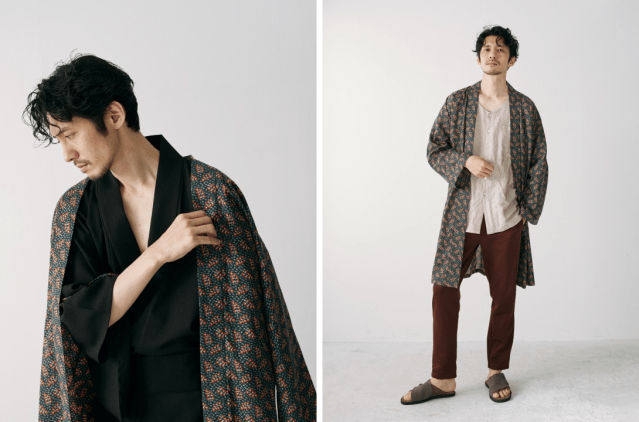
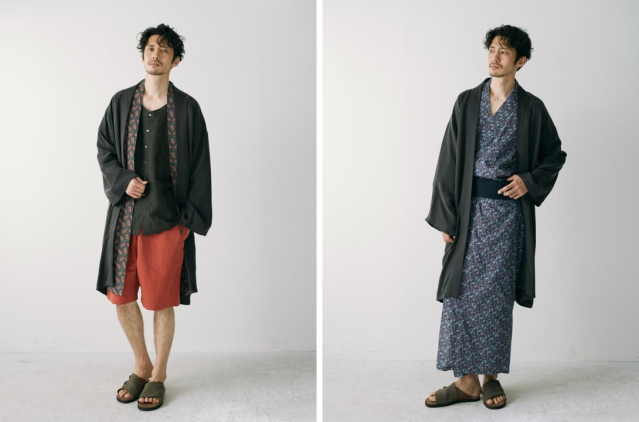

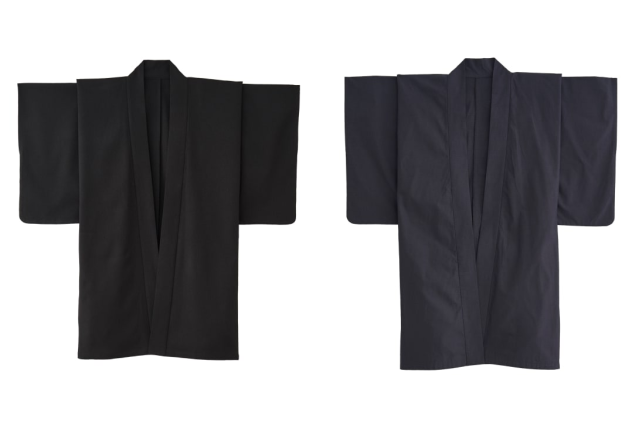
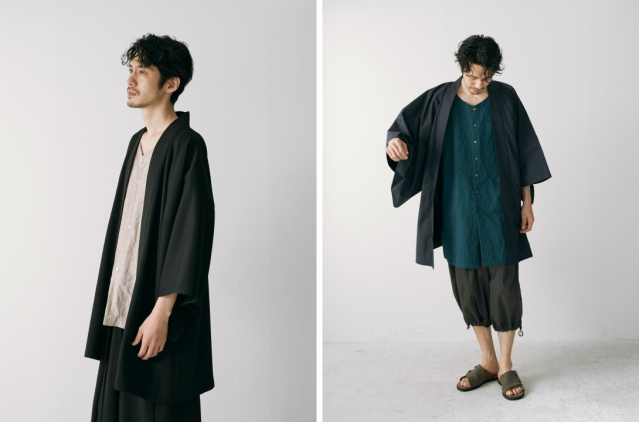
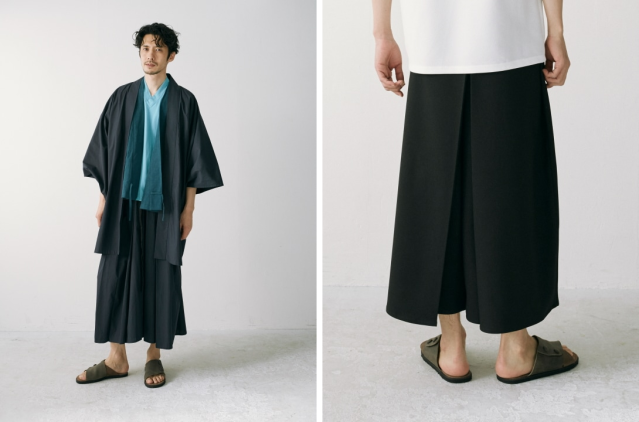
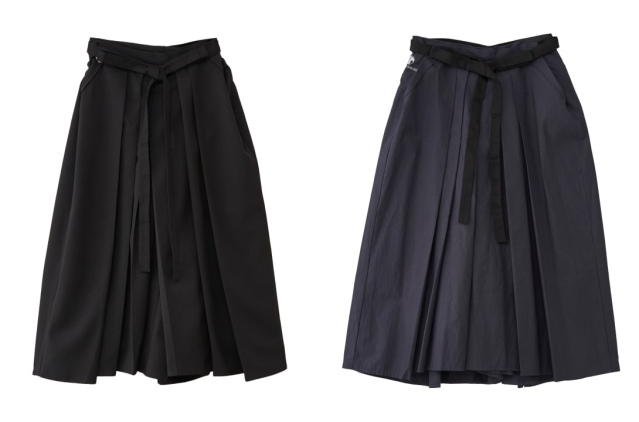
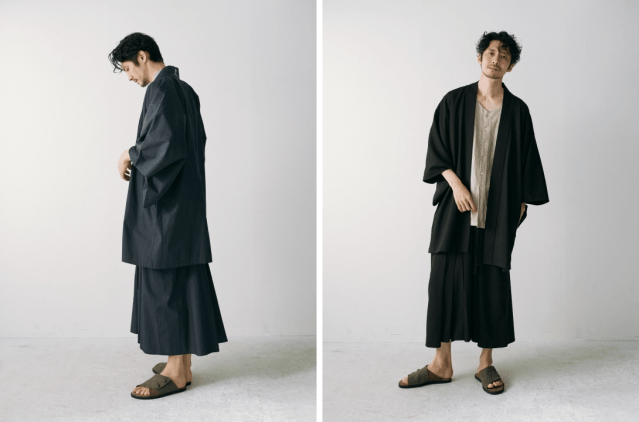
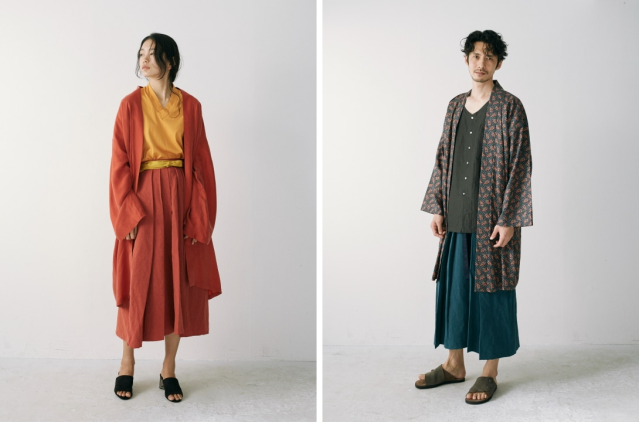
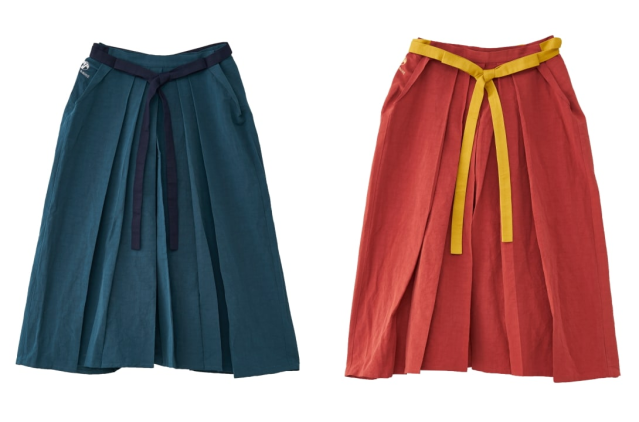
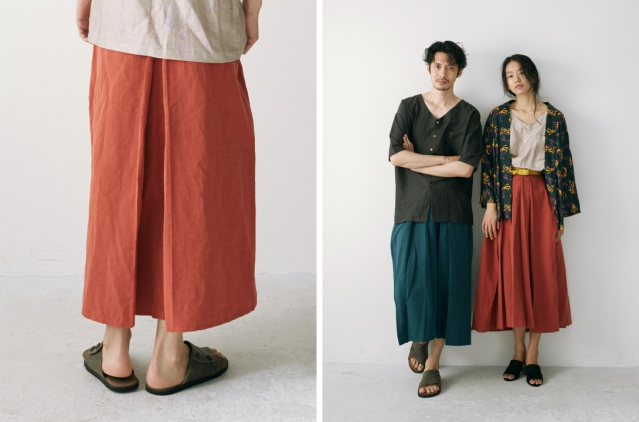
 Japanese fashion brand Trove releases first-ever unisex range of modern samurai coats and pants
Japanese fashion brand Trove releases first-ever unisex range of modern samurai coats and pants New line of modern samurai fashion for fall/winter will make you warm and cool
New line of modern samurai fashion for fall/winter will make you warm and cool Japanese fashion company’s modernized haori half coats will keep you warm and samurai chic
Japanese fashion company’s modernized haori half coats will keep you warm and samurai chic Comfy kimono hakama roomwear steps into the modern era with stylish new Reiwa Edition【Photos】
Comfy kimono hakama roomwear steps into the modern era with stylish new Reiwa Edition【Photos】 Japanese fashion label’s samurai chino pants are on the move again with new colors
Japanese fashion label’s samurai chino pants are on the move again with new colors McDonald’s new Happy Meals offer up cute and practical Sanrio lifestyle goods
McDonald’s new Happy Meals offer up cute and practical Sanrio lifestyle goods All-you-can-drink Starbucks and amazing views part of Tokyo’s new 170 meter-high sky lounge
All-you-can-drink Starbucks and amazing views part of Tokyo’s new 170 meter-high sky lounge More foreign tourists than ever before in history visited Japan last month
More foreign tourists than ever before in history visited Japan last month Starbucks reopens at Shibuya Scramble Crossing with new look and design concept
Starbucks reopens at Shibuya Scramble Crossing with new look and design concept Hamster abandoned at Tokyo ramen restaurant gets new home
Hamster abandoned at Tokyo ramen restaurant gets new home Studio Ghibli glasses cases let anime characters keep an eye on your spectacles
Studio Ghibli glasses cases let anime characters keep an eye on your spectacles The oldest tunnel in Japan is believed to be haunted, and strange things happen when we go there
The oldest tunnel in Japan is believed to be haunted, and strange things happen when we go there Arrest proves a common Japanese saying about apologies and police
Arrest proves a common Japanese saying about apologies and police First-ever live-action Pokémon-themed TV drama on the way with former idol singer starring
First-ever live-action Pokémon-themed TV drama on the way with former idol singer starring Is the new Shinkansen Train Desk ticket worth it?
Is the new Shinkansen Train Desk ticket worth it? Disney princesses get official manga makeovers for Manga Princess Cafe opening in Tokyo
Disney princesses get official manga makeovers for Manga Princess Cafe opening in Tokyo We try out “Chan Ramen”, an underground type of ramen popular in the ramen community
We try out “Chan Ramen”, an underground type of ramen popular in the ramen community Beautiful new Final Fantasy T-shirt collection on the way from Uniqlo【Photos】
Beautiful new Final Fantasy T-shirt collection on the way from Uniqlo【Photos】 Foreign English teachers in Japan pick their favorite Japanese-language phrases【Survey】
Foreign English teachers in Japan pick their favorite Japanese-language phrases【Survey】 There’s a park inside Japan where you can also see Japan inside the park
There’s a park inside Japan where you can also see Japan inside the park Japanese convenience store packs a whole bento into an onigiri rice ball
Japanese convenience store packs a whole bento into an onigiri rice ball Studio Ghibli releases Kiki’s Delivery Service chocolate cake pouches in Japan
Studio Ghibli releases Kiki’s Delivery Service chocolate cake pouches in Japan Japan’s bone-breaking and record-breaking roller coaster is permanently shutting down
Japan’s bone-breaking and record-breaking roller coaster is permanently shutting down New definition of “Japanese whiskey” goes into effect to prevent fakes from fooling overseas buyers
New definition of “Japanese whiskey” goes into effect to prevent fakes from fooling overseas buyers Foreign passenger shoves conductor on one of the last full runs for Japan’s Thunderbird train
Foreign passenger shoves conductor on one of the last full runs for Japan’s Thunderbird train Our Japanese reporter visits Costco in the U.S., finds super American and very Japanese things
Our Japanese reporter visits Costco in the U.S., finds super American and very Japanese things Kyoto bans tourists from geisha alleys in Gion, with fines for those who don’t follow rules
Kyoto bans tourists from geisha alleys in Gion, with fines for those who don’t follow rules Studio Ghibli unveils Mother’s Day gift set that captures the love in My Neighbour Totoro
Studio Ghibli unveils Mother’s Day gift set that captures the love in My Neighbour Totoro Domino’s Japan now sells…pizza ears?
Domino’s Japan now sells…pizza ears? New Japanese KitKat flavour stars Sanrio characters, including Hello Kitty
New Japanese KitKat flavour stars Sanrio characters, including Hello Kitty Sales of Japan’s most convenient train ticket/shopping payment cards suspended indefinitely
Sales of Japan’s most convenient train ticket/shopping payment cards suspended indefinitely Sold-out Studio Ghibli desktop humidifiers are back so Totoro can help you through the dry season
Sold-out Studio Ghibli desktop humidifiers are back so Totoro can help you through the dry season Japanese government to make first change to romanization spelling rules since the 1950s
Japanese government to make first change to romanization spelling rules since the 1950s Ghibli founders Toshio Suzuki and Hayao Miyazaki contribute to Japanese whisky Totoro label design
Ghibli founders Toshio Suzuki and Hayao Miyazaki contribute to Japanese whisky Totoro label design Doraemon found buried at sea as scene from 1993 anime becomes real life【Photos】
Doraemon found buried at sea as scene from 1993 anime becomes real life【Photos】 Tokyo’s most famous Starbucks is closed
Tokyo’s most famous Starbucks is closed One Piece characters’ nationalities revealed, but fans have mixed opinions
One Piece characters’ nationalities revealed, but fans have mixed opinions We asked a Uniqlo employee what four things we should buy and their suggestions didn’t disappoint
We asked a Uniqlo employee what four things we should buy and their suggestions didn’t disappoint Princesses, fruits, and blacksmiths: Study reveals the 30 most unusual family names in Japan
Princesses, fruits, and blacksmiths: Study reveals the 30 most unusual family names in Japan Studio Ghibli’s new desktop Howl’s Moving Castle will take your stationery on an adventure
Studio Ghibli’s new desktop Howl’s Moving Castle will take your stationery on an adventure Muji adds Japanese haori samurai coats to their casual wear collection
Muji adds Japanese haori samurai coats to their casual wear collection Stay home in style with Kyoto-easy hakama-inspired roomwear for men, women, and kids【Photos】
Stay home in style with Kyoto-easy hakama-inspired roomwear for men, women, and kids【Photos】 Japanese fashion company brings modern-day samurai look to your legs with hakama chino pants
Japanese fashion company brings modern-day samurai look to your legs with hakama chino pants Kimono panties are here to add a little Japanese tradition to your lingerie rotation
Kimono panties are here to add a little Japanese tradition to your lingerie rotation Japanese kimono parka combines traditional fashion with modern streetwear
Japanese kimono parka combines traditional fashion with modern streetwear Cosplay indoors with new range of Taisho Roman schoolgirl costumes from Japan
Cosplay indoors with new range of Taisho Roman schoolgirl costumes from Japan Walk the streets of Japan in style with bushido-influenced men’s summer kimono range from Kyoto
Walk the streets of Japan in style with bushido-influenced men’s summer kimono range from Kyoto Modern samurai fashion brand Wazigen Shizukuya’s summer collection makes old-meets-new splash
Modern samurai fashion brand Wazigen Shizukuya’s summer collection makes old-meets-new splash Japanese brand’s leather hakama will satisfy your samurai and fashionista urges all at once
Japanese brand’s leather hakama will satisfy your samurai and fashionista urges all at once Crowd-funded hakama roomwear doubled its funding goal, is now available to everyone
Crowd-funded hakama roomwear doubled its funding goal, is now available to everyone Beautiful line of Kimono Pouches let you add traditional Japanese style to any outfit
Beautiful line of Kimono Pouches let you add traditional Japanese style to any outfit Reveal your inner fashion samurai with traditional clothes for the modern world
Reveal your inner fashion samurai with traditional clothes for the modern world Chic samurai coats from Japan are here to keep fashion warriors warm through the winter
Chic samurai coats from Japan are here to keep fashion warriors warm through the winter Dress like your favourite Lupin III character with suits and kimono designed by Japanese tailors
Dress like your favourite Lupin III character with suits and kimono designed by Japanese tailors Japanese shrine maidens in Osaka spotted wearing unusual costumes during winter
Japanese shrine maidens in Osaka spotted wearing unusual costumes during winter Upgrade your hairpin arsenal with Japanese kanzashi shaped like samurai swords and rifles
Upgrade your hairpin arsenal with Japanese kanzashi shaped like samurai swords and rifles
Leave a Reply